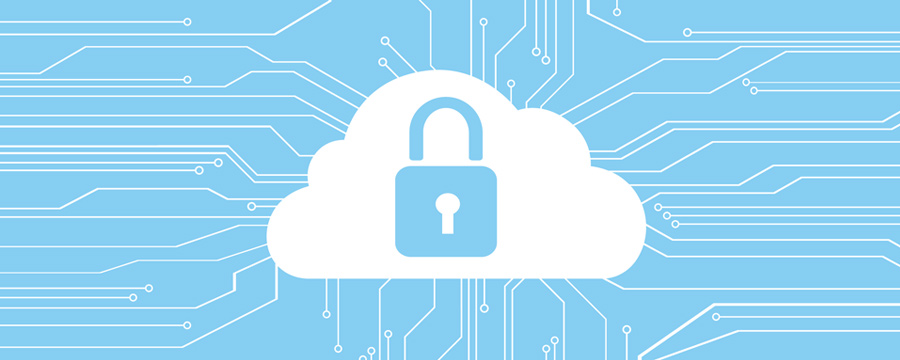
When it comes to networking, SASE is becoming more widely adopted as a digital transformation tool in business. But exactly what is SASE? Read on to learn more about this important concept and why it matters in today’s business IT infrastructure.
What Does SASE Mean?
The term SASE (pronounced “sassy”) is an acronym for a cybersecurity concept known as Secure Access Service Edge. This concept was introduced by Gartner in 2019 as the convergence of several technologies to make up a single, cloud-based service model. SASE helps businesses that have a cloud-based infrastructure and provides them added levels of security and access in these environments.
What Technologies Make Up SASE?
In general, SASE is composed of five main technologies:
- SD-WAN
- Firewall as a service (FWaaS)
- Cloud access security broker (CASB)
- Secure web gateway (SWG)
- Zero-trust network access (ZTNA)
What Are the Benefits of SASE?
Businesses that are using cloud-based networking services are often interested in SASE. This is mainly because it combines several networking and security functions into a single, integrated cloud service. These companies can enjoy the following benefits of SASE:
- Easy, secure access for users.
- Secure remote and mobile access.
- Creates the ability to optimize applications in real-time.
- Makes it easier for business to take advantage of new technologies such as edge computing, 5G, and mobile AI.
- After users are authenticated, they are less likely to encounter latency issues.
Also, system administrators can restrict access based on user, device, and application identity and apply consistent policy.
What Are the Downsides of SASE?
Although SASE is becoming more widely adopted by several businesses, it also has the following downsides:
- SASE is complex and therefore works best with integrated features, which can be hard to come by.
- It can be challenging to find service providers that have the capability and experience with SASE.
- SASE does not repair existing network and security issues.
While there are some downsides, at the end of the day, SASE can simplify cloud-based cybersecurity and give businesses better performance. And even better — SASE is often less of an investment than other traditional and/or legacy solutions.
